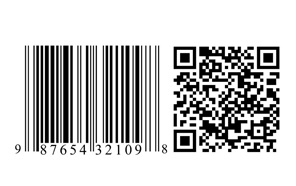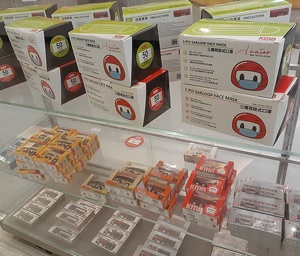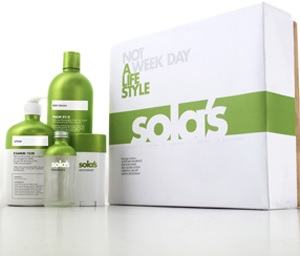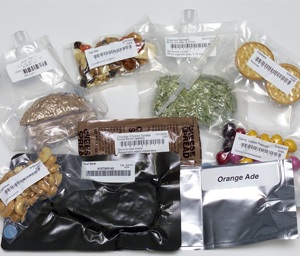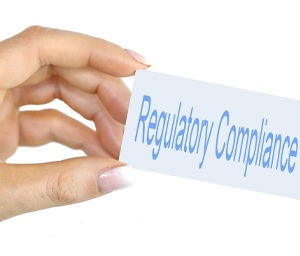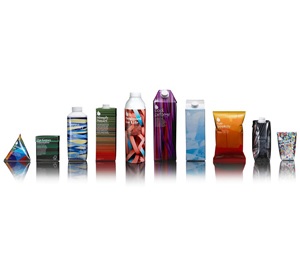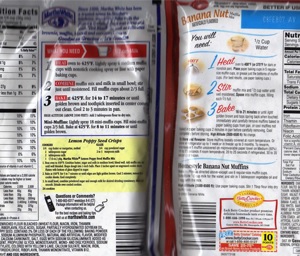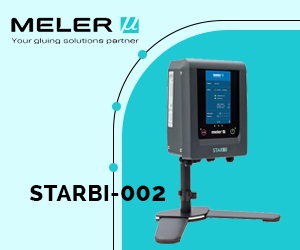Safety First: Best Practices In Packaging and Labeling for Food and Pharmaceutical Industries
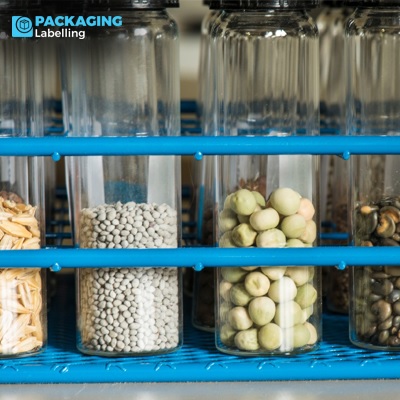
Ensuring safety in the packaging and labeling of food and pharmaceutical products is crucial. It requires adherence to strict guidelines and innovative practices. This article explores the best practices in these industries, focusing on the importance of barcoding, transparency, quality control, risk management, consumer protection, packaging design, critical control points, regulatory compliance, blister packaging, aseptic packaging, nutritional information, safety seals, and safety standards.
Barcoding
Barcoding plays a pivotal role in modern packaging and labeling. It enhances transparency and quality control by allowing manufacturers and regulators to track products throughout the supply chain. For food and pharmaceutical industries, barcoding ensures that each product can be traced back to its origin, thereby facilitating recalls and ensuring consumer protection. Effective barcoding systems help in maintaining inventory accuracy, reducing human error, and streamlining logistics operations.
Transparency
In the age of informed consumers, transparency in packaging and labeling is non-negotiable. Providing clear and accurate nutritional information on food products and detailed drug information on pharmaceuticals fosters trust and confidence among consumers. Transparency extends to the manufacturing processes, ensuring that critical control points are monitored and managed effectively. This practice not only complies with regulatory compliance but also enhances consumer protection by providing them with the necessary information to make informed choices.
Quality Control
Robust quality control measures are essential to ensure the safety and efficacy of food and pharmaceutical products. These measures include rigorous testing and validation processes to meet safety standards. Quality control involves monitoring the entire production process, from raw material selection to final packaging, ensuring that every step meets predefined safety standards. Implementing quality control procedures helps in identifying potential issues early, thereby reducing the risk of product recalls and ensuring consumer protection.
Risk Management
Effective risk management strategies are vital for addressing potential hazards in packaging and labeling. This involves identifying and assessing risks at various stages of the supply chain and implementing measures to mitigate them. Risk management ensures that critical control points are monitored and controlled, reducing the likelihood of contamination or defects. For the pharmaceutical industry, risk management includes ensuring that blister packaging and aseptic packaging are properly sealed and sterile, preventing any compromise to product integrity.
Consumer Protection
Consumer protection is the cornerstone of packaging and labeling practices. This involves ensuring that products are safe, accurately labeled, and free from contamination. Incorporating safety seals and tamper-evident packaging provides an additional layer of consumer protection by signaling if a product has been tampered with. In the food industry, providing clear nutritional information and allergen warnings is critical for consumer protection, ensuring that individuals can make safe dietary choices.
Packaging Design
Innovative packaging design plays a crucial role in ensuring product safety and compliance. Packaging design must consider factors such as material selection, durability, and ease of use while adhering to safety standards. In the pharmaceutical industry, packaging design includes the use of blister packaging and aseptic packaging to protect product integrity and extend shelf life. For food products, packaging design must ensure that packaging is tamper-proof and provides clear nutritional information to aid consumer protection.
Critical Control Points
Identifying and managing critical control points is essential for maintaining safety in packaging and labeling. Critical control points are stages in the production process where potential hazards can be identified and controlled. Implementing stringent monitoring and control measures at these points ensures that products meet quality control and safety standards. This practice is particularly important in the pharmaceutical industry, where maintaining sterility in aseptic packaging is critical to prevent contamination.
Regulatory Compliance
Adhering to regulatory compliance is mandatory for ensuring the safety and legality of food and pharmaceutical products. Regulatory compliance involves following guidelines and standards set by regulatory bodies, such as the FDA, EMA, and other relevant authorities. Compliance ensures that products are safe for consumption and that packaging design, labeling, and barcoding meet required standards. Regular audits and inspections help in maintaining regulatory compliance and identifying areas for improvement.
Blister Packaging
Blister packaging is widely used in the pharmaceutical industry for its ability to protect products from environmental factors and contamination. This type of packaging ensures that each dose is individually sealed, maintaining product integrity and safety. Blister packaging also aids in risk management by providing tamper-evident features, ensuring that consumers receive safe and effective medications.
Aseptic Packaging
Aseptic packaging is essential for maintaining the sterility of pharmaceutical products. This packaging method involves filling and sealing products in a sterile environment, preventing contamination and extending shelf life. Aseptic packaging is critical for liquid medications, vaccines, and other sensitive products that require a high level of quality control and risk management.
Nutritional Information
Providing accurate nutritional information on food packaging is crucial for consumer protection. This information allows consumers to make informed dietary choices and manage their health effectively. Nutritional information should be clear, comprehensive, and compliant with regulatory guidelines, ensuring that consumers have access to essential information about the products they consume.
Safety Seals
Incorporating safety seals into packaging design is an effective way to ensure product integrity and consumer protection. Safety seals provide a visual indication if a product has been tampered with, deterring tampering and ensuring that consumers receive safe and uncontaminated products. Both food and pharmaceutical industries use safety seals as a standard practice to enhance quality control and maintain safety standards.
Safety Standards
Adhering to safety standards is fundamental for ensuring the safety and efficacy of food and pharmaceutical products. Safety standards are established by regulatory bodies and industry organizations to provide guidelines for best practices in packaging and labeling. These standards cover various aspects, including quality control, risk management, packaging design, and regulatory compliance. Ensuring compliance with safety standards helps in maintaining product safety, enhancing consumer protection, and building consumer trust.
Conclusion:
Implementing best practices in packaging and labeling is essential for ensuring the safety and efficacy of food and pharmaceutical products. By focusing on barcoding, transparency, quality control, risk management, consumer protection, packaging design, critical control points, regulatory compliance, blister packaging, aseptic packaging, nutritional information, safety seals, and safety standards, manufacturers can safeguard their products and protect consumers. These practices not only comply with regulatory requirements but also enhance consumer trust and satisfaction, ultimately contributing to the success of the food and pharmaceutical industries.

